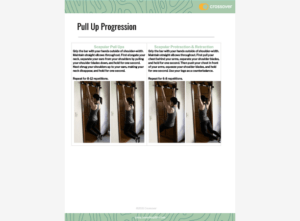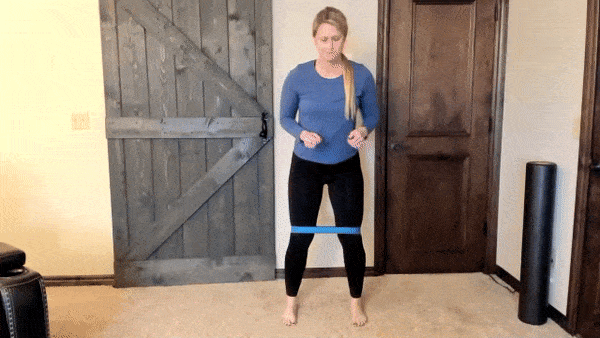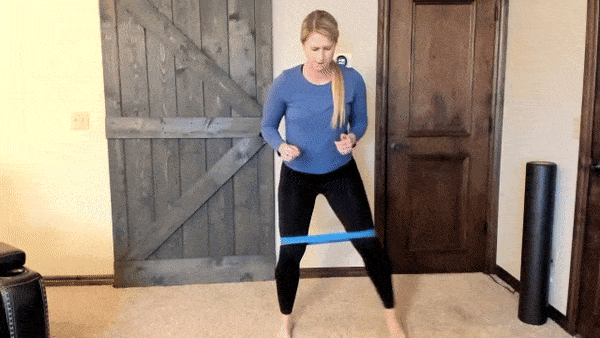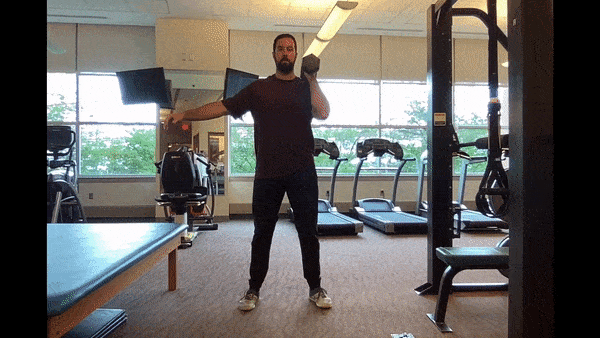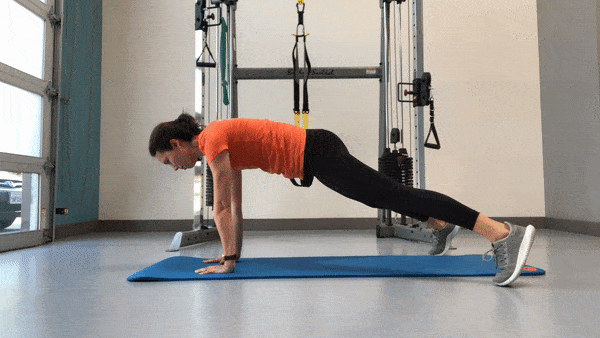LOOKING TO JUMPSTART YOUR FITNESS JOURNEY? WE’RE HERE TO HELP!
1
Learn. Explore this module for in-depth info and useful videos.
2
Practice. Try the exercise routines and stick with them!
3
Let us help. Want more help? Start a Conversation with your Care Team.
EXPERT GUIDANCE PROVIDED BY:
-
Brendon Rearick, CFSCFitness Program ManagerBrendon is the Fitness Program Manager at Crossover. His drive to be the best version of himself led him to co-found Certified Functional Strength Coach, a fitness education company to certify trainers, for which he travels and coaches for often. Brendon holds a degree in Kinesiology from the University of Massachusetts Amherst.
-
Jonathan Polidoro, CFSC, CSCSFitness CoachJon is a Fitness Coach at Crossover who earned his Bachelor’s degree in Physical Education from West Chester University of Pennsylvania. He has extensive experience helping workers balance their hectic and stressful schedules with fitness and biometric testing. Jon believes fitness should enrich someone’s life, not consume it.
-
Emily Jennings, CFSC, FSTFitness CoachEmily is a Certified Strength Coach and earned her Bachelor's degree in Exercise Science from Lindenwood University, where she played volleyball on scholarship. Always curious and wanting to learn more, she attended a Fascial Stretch Therapy course and many other courses that enabled her to help people move even better and feel great.



 A strength training exercise is a movement that causes your muscles to contract against an external force of resistance. The external force of resistance can be a physical object, such as the weights on a weight machine, a medicine ball, a resistance band, or free weights/dumbbells. Gravity can also be the external force of resistance, if you are doing bodyweight exercises such as pushups, pullups, or squats.
A strength training exercise is a movement that causes your muscles to contract against an external force of resistance. The external force of resistance can be a physical object, such as the weights on a weight machine, a medicine ball, a resistance band, or free weights/dumbbells. Gravity can also be the external force of resistance, if you are doing bodyweight exercises such as pushups, pullups, or squats.



